

Students examine the steps the Nazis took to replace democracy with dictatorship and draw conclusions about the values and institutions that make democracy possible.
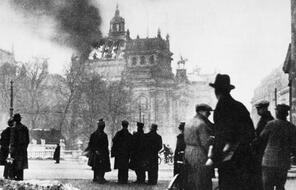
Investigate how World War I heightened divisions between “we” and “they” among people and nations and left behind fertile ground for Nazi Germany in the following decades.
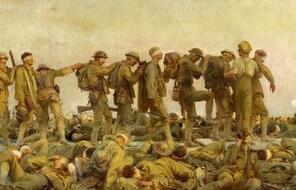
Students consider the choices and reasoning of individual Germans who stayed quiet or spoke up during the first few years of Nazi rule.

Students analyze images and film that convey the richness of Jewish life across Europe at the time of the Nazis’ ascension to power.
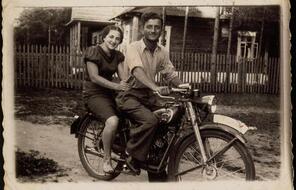
Students identify the social and cultural factors that help shape our identities by analyzing firsthand reflections and creating personal identity charts.

Explore the efforts to build a democracy in Germany in the 1920s, and examine the misunderstandings, myths, and fears that often undercut those efforts.

Students are introduced to the enormity of the crimes committed during the Holocaust and look closely at stories of a few individuals who were targeted by Nazi brutality.

Students both respond to and design Holocaust memorials as they consider the impact that memorials and monuments have on the way we think about history.
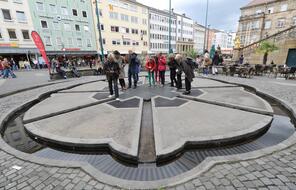
Students develop a contract establishing a reflective classroom community in preparation for their exploration of this unit's historical case study.
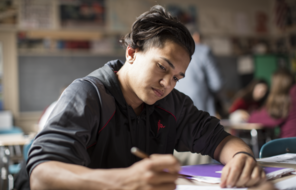
Students deepen their examination of human behavior during the Holocaust by analyzing and discussing the range of choices available to individuals, groups, and nations.
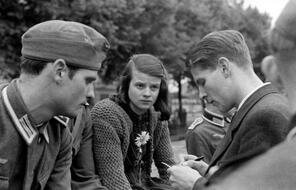
Consider the factors that made it possible for the Nazis to transform Germany into a dictatorship during their first year in power.
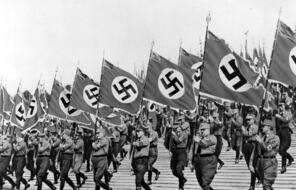
Students learn about the violent pogroms of Kristallnacht by watching a short documentary and then reflecting on eyewitness testimonies.